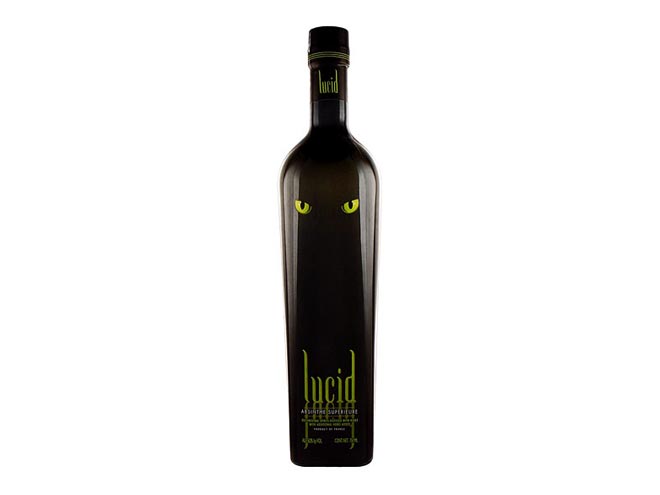How to Appreciate Absinthe
Absinthe has had a rough time since its rise to popularity in the 1800s. It’s been accused of making “a killer of men, a martyr of women, and a degenerate of the infant,” and to be fair, it’s pretty strong stuff (45% to 75% alcohol). At the same time, some of the best creative minds of the last century were fans of the stuff—from Vincent van Gogh to Oscar Wilde to Hemingway. And while the list of artists and writers who downed absinthe is impressive, further study suggests they were mostly high-functioning alcoholics who were as adventurous with their craft as they were with their sauce. Today, absinthe is making a comeback, and not just among alcoholic bohemians. Its unique taste, striking colour and abundant lore make it perfectly suited for modern mixology, and as good as ever for drinking on its own.
History
Absinthe was invented in 1792 by a French doctor, Pierre Ordinaire, as a panacea for ailing patients. Five years later, Henri-Louis Pernod and his father-in-law purchased the recipe and began to distribute the elixir to the French aristocracy. Its popularity continued to grow, and The Green Fairy, as it became known due to its colour and potency, became a mainstay of French café life in 1870, when vineyard blight caused wine production to plummet.
Production
Generally, absinthe contains three main botanical ingredients: wormwood, anise and fennel, but other ingredients, like coriander, juniper and nutmeg, may be added to introduce different flavours. Absinthe has long been rumoured to have hallucinogenic properties, but this may have been due to other chemicals added in the 1850s for colour that had poisonous side-effects. Absinthe does contain thujone, a chemical that can cause hallucinations, however the amount of the chemical found in absinthe is so minute that the imbiber would likely die from alcohol poisoning long before having any psychedelic adventures. There are three main types of absinthe: blanche, verte and absenta. Blanche is bottled immediately after distilling and is clear, verte is coloured with a blend of herbs after distilling, and absenta is of Spanish descent and is sweeter than traditional absinthe, with slight notes of citrus.
Service
While purists enjoy absinthe straight up with a splash of water, in what’s known as “the French method,” absinthe is poured into a glass, with a slotted absinthe spoon holding a sugar cube placed over the top. Ice water is then poured over the sugar cube into the absinthe, which mellows the flavour and turns it from clear to milky, known as a “louche” (French for opaque). A variation of this, “the Bohemian method,” involves lighting the sugar cube on fire before dousing it with ice water. Similar to adding a little water to open up a good Scotch, the louche allows you to better appreciate absinthe’s depth of flavour and various botanicals.
ABSINTHE COCKTAILS
Death in the Afternoon
1 oz. absinthe, Champagne
A Hemingway classic. Pour one shot of absinthe into a Champagne flute and then add Champagne until the liquor becomes opalescent. Hemingway suggests drinking three to five of these in the 1935 celebrity cocktail book So Red the Nose, or Breath in the Afternoon, but we’ll leave that to your judgment. Either way, big game hunting and sailing are not suggested as accompanying activities.
Tremblement de Terre (Earthquake)
1 oz. absinthe, 1 oz. cognac
Henri de Toulouse-Lautrec, the pint-sized painter, is said to have concocted this drink in the late 1800s. Simply combine the two liquors into a brandy snifter and swirl. Lautrec liked his a little stronger, mixing three parts of each into a wine goblet, but that’s not necessarily advisable—especially if you’re under five feet tall. BM










